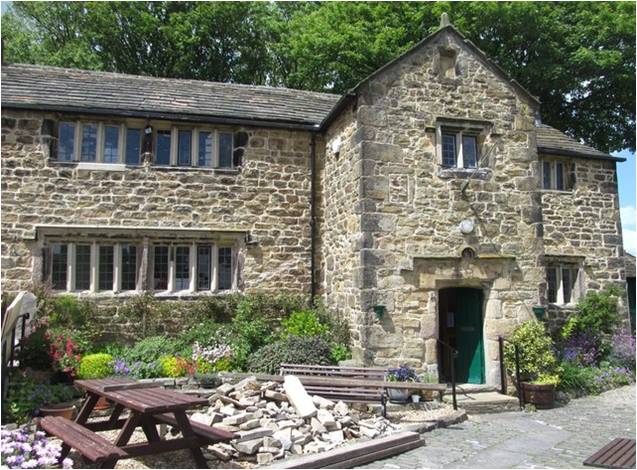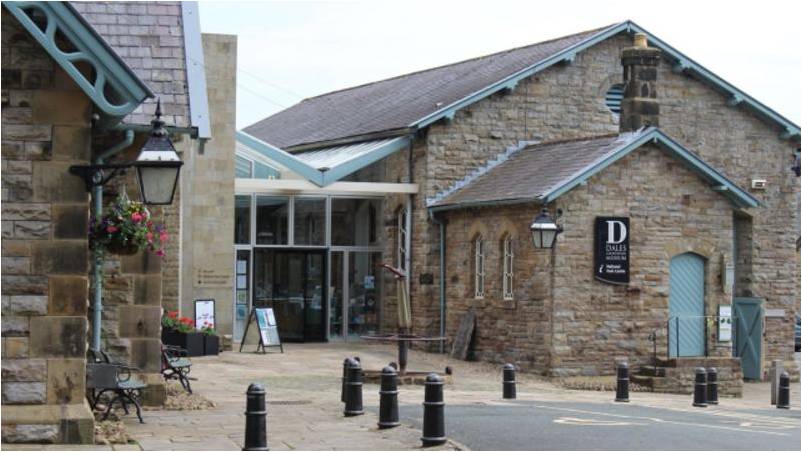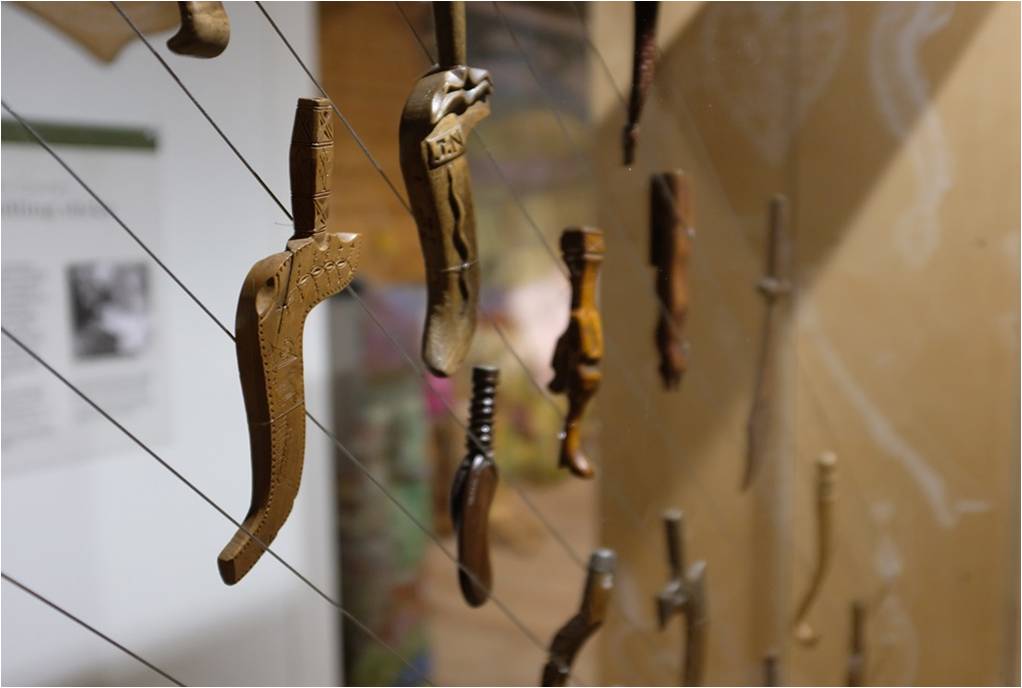One weekend towards the end of August 1993 Mum came up to her partner’s house with two plans in mind. The first was that they would go to West Witton in Wensleydale on the Saturday to see the Bartle Burning ceremony which would take place that evening (and which I’ll tell you more about in a later post). And the second was that, as they’d just got the latest Northern Mine Research Society’s publication back from the printer, they’d get it packed up and on its way to the members.

It all seemed straightforward enough, but – like so many of Mum’s plans – it soon started to go wrong. Arriving at her partner’s house on the Friday afternoon, she found that he wasn’t very well, and by the following morning he was bad enough to take himself to the doctor, who told him he had “a mild infection” and prescribed antibiotics.

The trip to West Witton was cancelled – and by Sunday morning Mum’s partner didn’t even want to get out of bed. He got worse as the day went on and early in the evening Mum sent for the doctor. He took one look and sent for the ambulance. The so-called “mild infection” turned out to be something Very Serious Indeed and, instead of stuffing publications into Jiffy bags, Mum’s partner was on his way to hospital – complete with blues-and-twos!

A month passed before he was well enough to come home and in that time their friends rallied round to help Mum get the new publication packed up and on its way to society members. The man at the village post office even sent one of his shop assistants to help out for a couple of hours – and he helped to carry some of the full sacks back to the shop as well.


But, although Mum’s partner was well enough to come out of hospital, several more months passed before he was well enough to go out and about again. He put those months to good use, however, by writing a new monograph, this time on the Wharfedale Mines.
Mum edited it and her partner did the typesetting and by May 1994 it was ready to be distributed. They decided to do a bit of publicity on the two local papers and also organised a launch/signing session in a bookshop in Skipton. As this was on a Saturday morning, it attracted a good number of people from outside the Northern Mine Research Society and resulted in more sales than they’d expected.

They then had to look for more outlets where The Wharfedale Mines might be sold – and the most obvious place to start was the Yorkshire Dales Lead-mining Museum in Earby, which featured on the front cover of the book (and which – very confusingly for a Little Bear – was in Lancashire by that time, though it used to be in Yorkshire).

The museum at Earby, run by volunteers from the Earby Mines Research Group, turned out to be a very good customer and Mum and her partner had some happy times there over the years, but in 2015 it sadly closed and 860 of the objects from there were given to the Dales Countryside Museum in Hawes.



The museum in Hawes then got a grant of £90,600 from the Heritage Lottery Fund to help to preserve and exhibit the objects from Earby, along with artefacts relating to the textile industries in the dales.


As you can imagine, the objects that were handed over came in many different shapes and sizes, but the biggest of them all was the waterwheel-powered ore-crusher which had stood for many years at the entrance to the museum in Earby.

The crusher had originally been built in 1840 at Old Providence Mine in Kettlewell, during a time of prosperity. The prosperity didn’t last long, however, and by 1875 the mine was closed and the smelt-mill and other items were abandoned to the weather and the scrapmen.

Somehow the ore-crusher and half of its waterwheel survived on site for almost another hundred years, however, until in 1971 members of the Earby Mines Research Group got permission to rescue it, by taking it to bits and eventually re-erecting it at their museum.

After the museum at Earby closed, the ore-crusher was once more taken in bits, before being transferred to the Dales Countryside Museum. There a team of around a dozen volunteers – including some who’d been involved in the original rescue in 1971 – spent 900 hours carefully cleaning and preserving all the pieces, before putting them back together again on the railway platform which is part of the museum and where it can be seen today.

And with this picture of David Carlisle and Mason Scarr, two of the volunteers that Mum and her partner know, I’d better leave you for today as I think it’s nearly time for tea and I’m getting hungry. But there’s still lots more I want to tell you, so take care, stay safe – and look out for another tale from me soon!
Follow my next blog: 193. MY MUM THE STORY-TELLER – PART EIGHTY-ONE
24/03/2022
